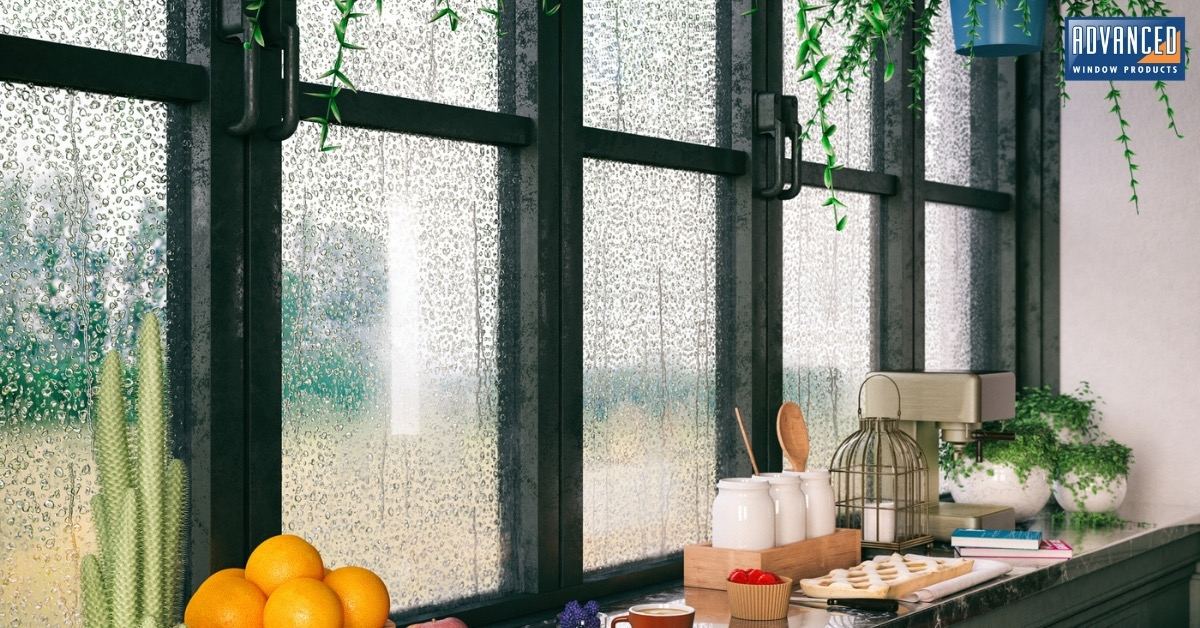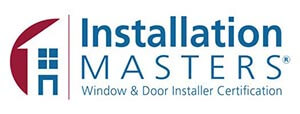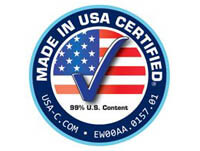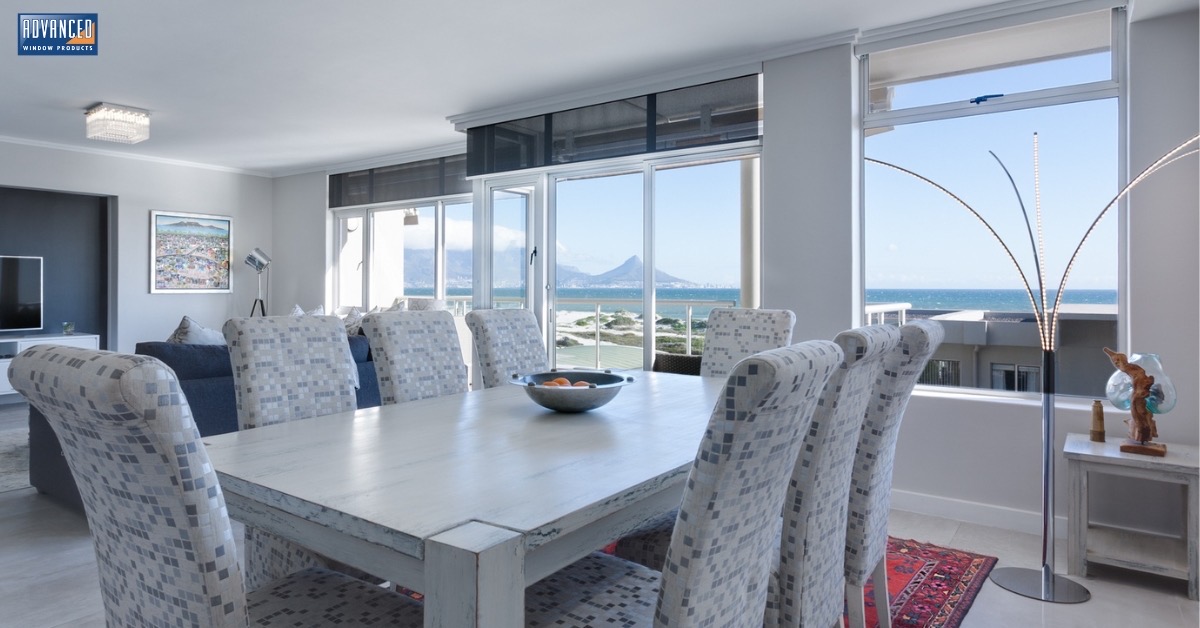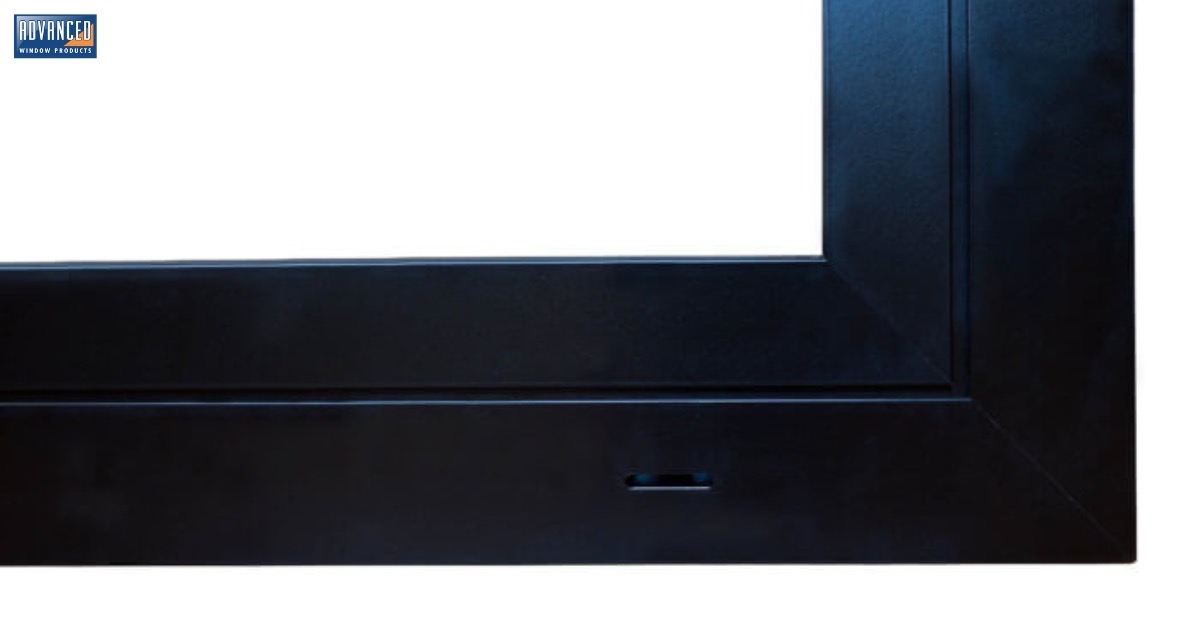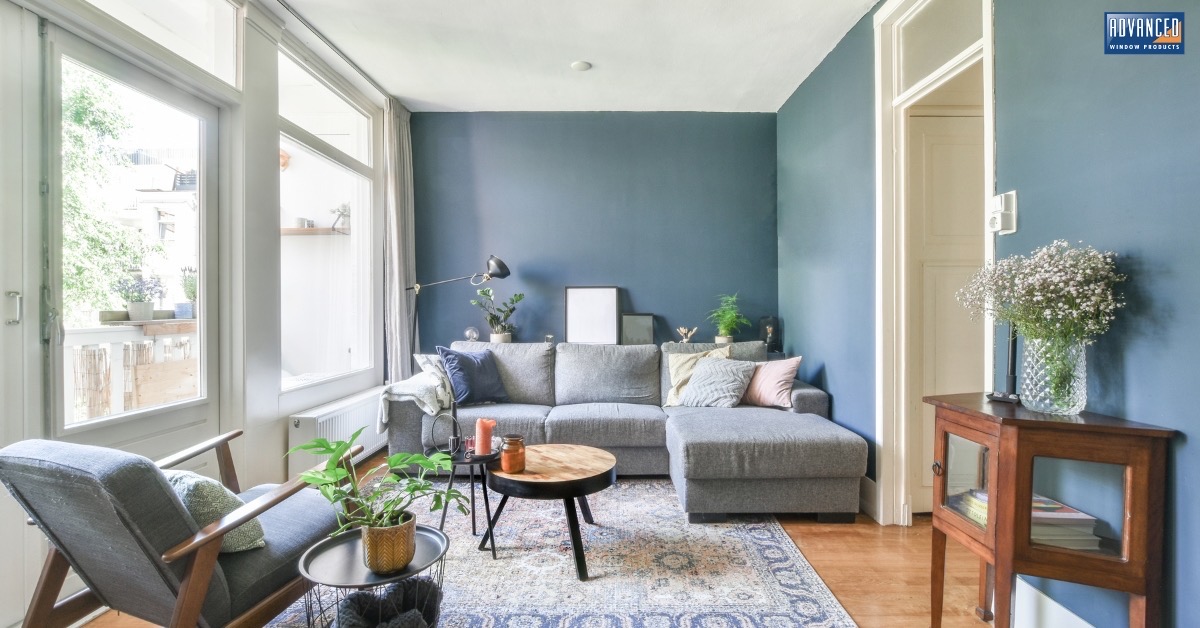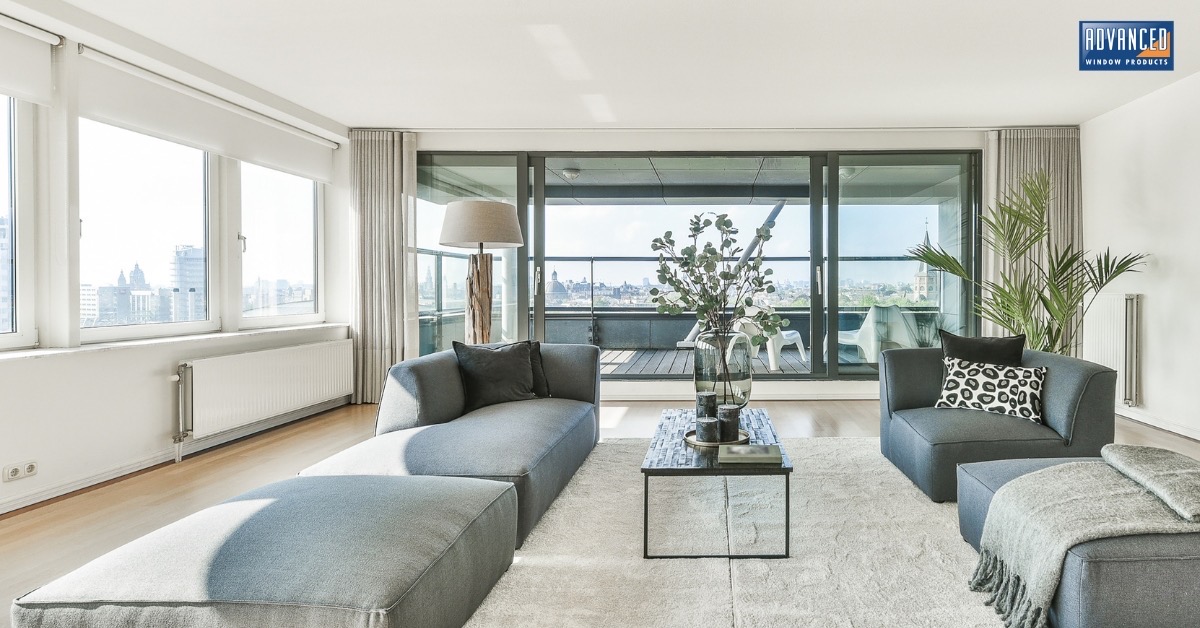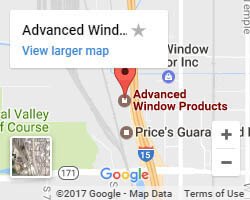You may have had the common experience of finding condensation on your home’s windows. This window “sweating” can occur in hot or cold weather. It can happen with your home’s HVAC system set to heat or cool your house. So, why is this mysterious condensation forming in all these opposite conditions? Can energy-efficient windows stop condensation from forming? Or, can these advanced windows cause condensation? How does condensation work?
Topics covered on this blog:
- What Causes Condensation On Windows?
- Does Condensation Indicate Poor Energy Efficiency?
- Why Can Energy-Efficient Windows Form Condensation?
- How Does Low-E Glass Help Energy Efficiency?
- Other Causes of Condensation on Windows
- How to Get Rid of Condensation on Windows
- Buy the Best Energy Efficient Windows in Utah
What Causes Condensation On Windows?
Although we cannot see it, the air is filled with water in the form of water vapor. When this liquid in the gaseous form converts into the liquid form, the process is known as condensation. But why does condensation so often form on windows?
Condensation on Windows in Winter
During winter months in Utah, we turn up the heat to warm the inside of our homes. As the indoor temperature increases, the indoor air becomes significantly warmer than the freezing outdoor temperatures. When the warm interior air comes in contact with much colder surfaces, such as glass windows, condensation can occur on the indoor side of the windows. This is why you may sometimes find condensation forming on the interior side of your home’s windows in the wintertime.
Condensation on Windows in Summer
Condensation is not exclusively a winter-time effect. As the warmer weather arrives, we start using air conditioning to cool our homes inside, and condensation can form on the exterior sides of windows. It’s the same thing that happened during the hot summer weather but in reverse. In summer, the weather outside heats up. Inside your home, the air conditioning cools the air to make it colder than the outdoor temperature. This sets up the conditions for condensation when warm, humid outside air meets the colder glass surface of your windows.
Condensation on Windows at Different Times of Day
In cold months, you may have noticed that condensation is more noticeable in the early mornings or after sunset or late at night. This happens because dawn and dusk hours and late-night are usually the cooler periods of the day, so condensation on windows is more likely to occur during those hours. In hot months, condensation is most likely during the peak heat hours of the day, from early- to mid-afternoon.
In the part of the day that requires the most home heating in winter and the most home cooling in summer, condensation is more likely to happen. In other words, condensation is more likely during whichever hours there is the greatest contrast between indoor and outdoor air temperatures. Then, depending on temperature and humidity variations, the condensation may dry up as temperatures rise through the day.
Does Condensation Indicate Poor Energy Efficiency of Windows?
Seeing condensation on your windows might seem like a problem. You may worry that your windows are defective or not energy efficient enough. But, the reality is actually the opposite. The condensation indicates that windows are doing their job well in providing a barrier against the transfer of heat or cold from outside air into your home. You are using air conditioning or heating to create interior conditions that are significantly warmer or cooler than the outside environment. Condensation on windows confirms that you have succeeded in controlling your indoor environment.
The condensation indicates that high-quality window construction and good workmanship in the installation are likely contributing to the optimum performance of your energy-efficient windows. It further means that the window seals and weatherstripping are airtight and that your window glass type is performing well in protecting your home against external heat and cold. Additionally, it can mean that the vapor barrier material and insulation around your windows are also doing their part to aid indoor climate control.
Can Energy-Efficient Windows Form Condensation?
Certain degrees of difference between inside and outside air temperatures and humidity can lead to condensation on energy-efficient windows. Condensation happens if the windows are sufficiently energy-efficient to prevent:
- The free transfer of outdoor heat or cold into your home.
- The free transfer (escape) of indoor heating and cooling to the outdoors.
For maximum energy-efficient performance, have your energy-efficient windows installed by factory-trained and industry-certified professionals.
How Does Low-E Glass Help Energy Efficiency?
Low-E glass coating helps block heat or cold from transferring from the outside to the inside of your home. By minimizing the transfer, low-E glass enables the exterior surface of window glass to cool along with the outside air, while the indoor side of the glass remains warmer. When indoor and outdoor temperatures and humidity levels combine in certain ratios, condensation can develop on the Low-E window coating. Alternatively, less energy-efficient windows are less likely to have condensation.
Other Causes of Condensation on Windows
Condensation in hot or cold months is a good indicator that your new energy-efficient replacement windows are performing well to help make your home comfortable in summer and winter.
However, if you have an ongoing problem with condensation that does not appear to be related to indoor/outdoor temperature and humidity differentials, please feel free to ask for help. It may be necessary to investigate other possible causes and determine how to prevent window condensation if it is due to special issues in or around the window installation. You can reach our friendly, knowledgeable customer service team by calling (801) 505-9622 or reach us online.
How to Get Rid of Condensation on Windows
Because, as explained, condensation is a natural response to the successful blocking of hot and cold air transfer between the interior and exterior of your home, occasional condensation is to be expected. Most homeowners will simply elect to wait briefly for the temperature contrasts to reduce naturally during the day. Some people may choose to wipe condensation off windows. Remember that it can reappear as long as the temperature and humidity conditions for its redevelopment are present.
As mentioned, if you are concerned that the cause of condensation is not the temporary contrast between indoor and outdoor conditions, ask for help. Examine conditions in and around the room for potential issues with plumbing, HVAC outlets, leaks, etc. If no external issues appear to exist, contact your Advanced Window Products expert to assess possible issues with the window installation.
Choose the Best Energy Efficient Windows Utah Offers!
We are Utah's leading window manufacturing company. We build the best energy-efficient vinyl windows and glass doors for Utah homes. Advanced Window Products makes upgrading windows affordable with our $0 down payment and $0 interest financing (based on qualified credit).
Call Advanced Window Products, Salt Lake City, UT at (801) 505-9622, or contact us online to schedule an appointment for a free no-obligation in-home window design consultation and estimate.

